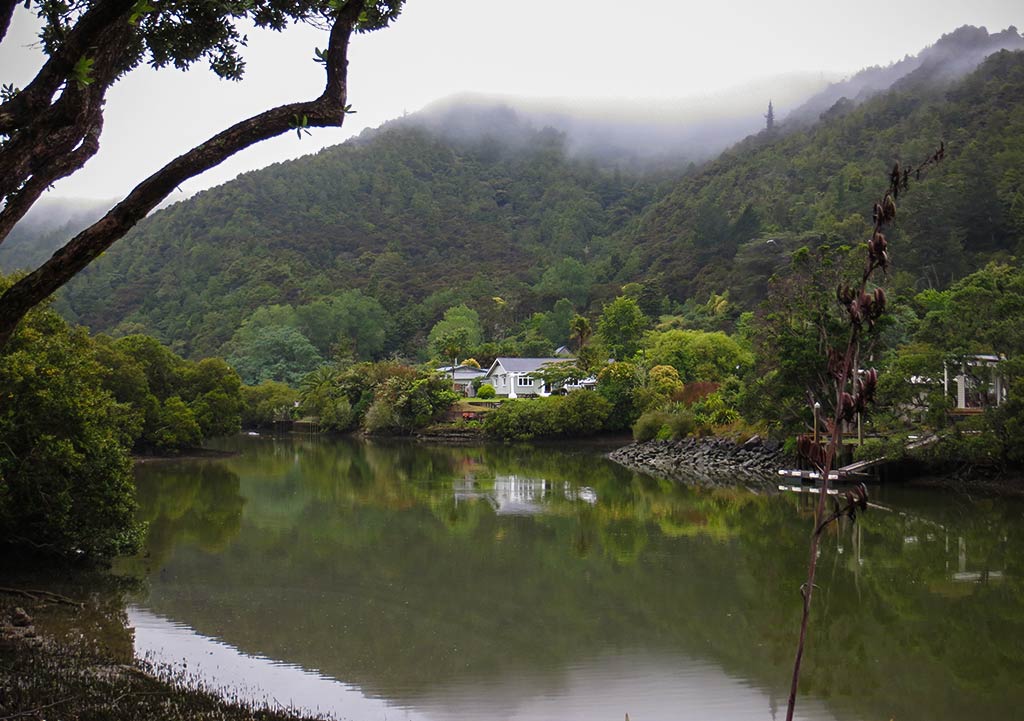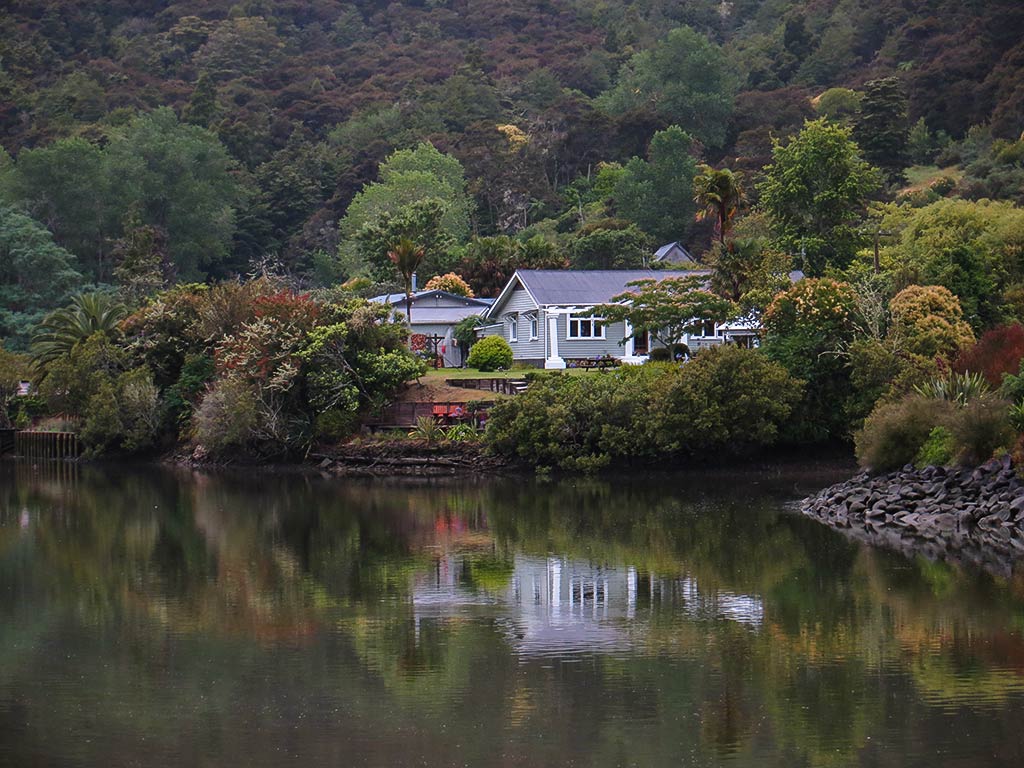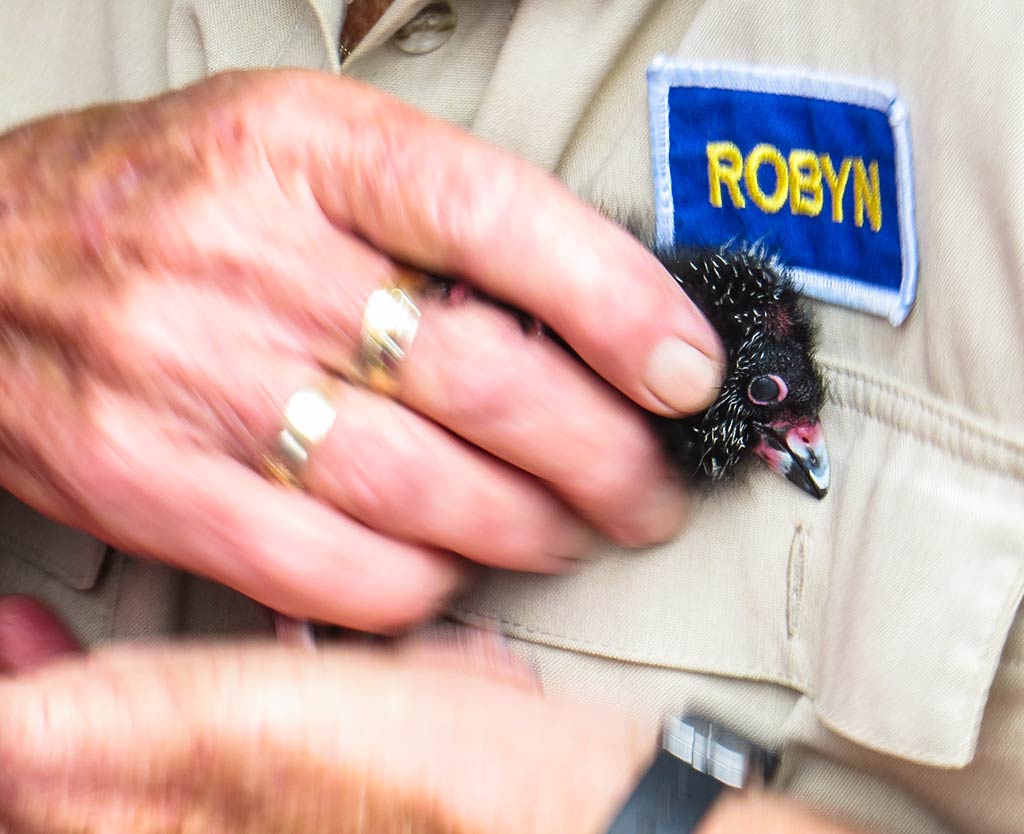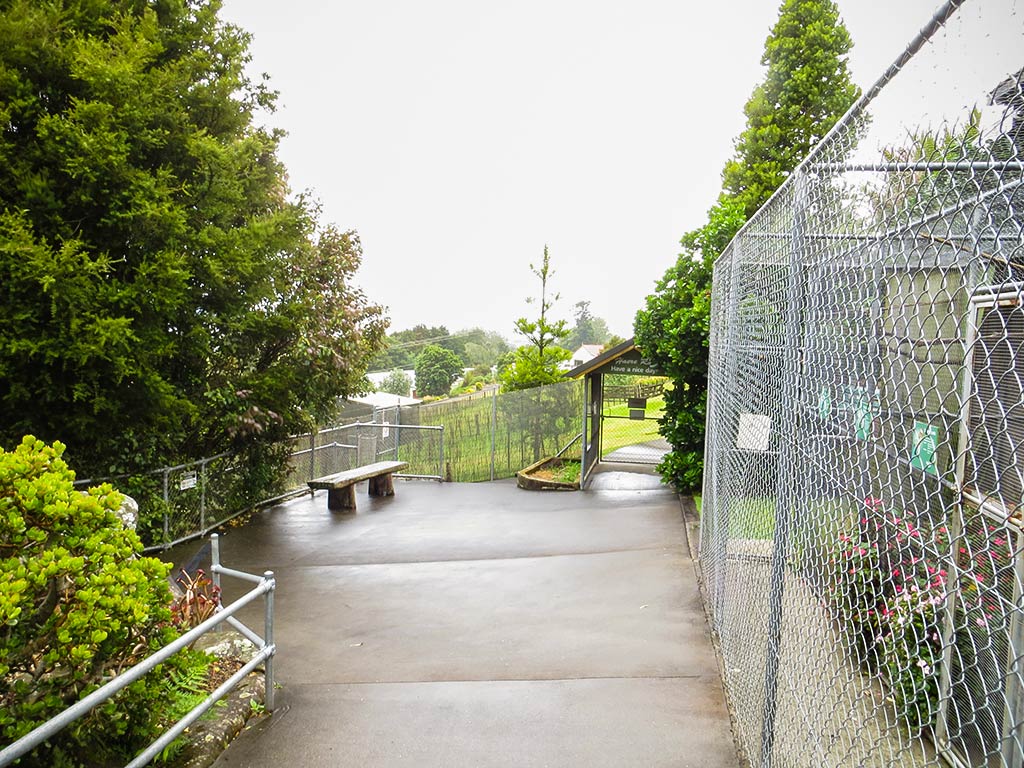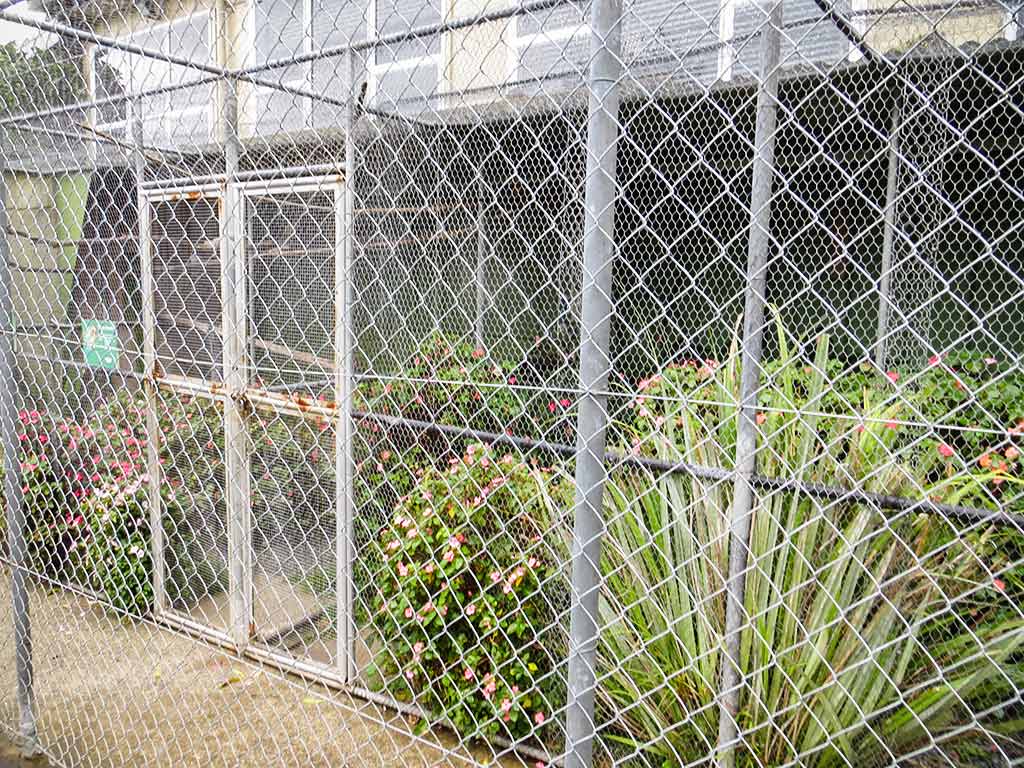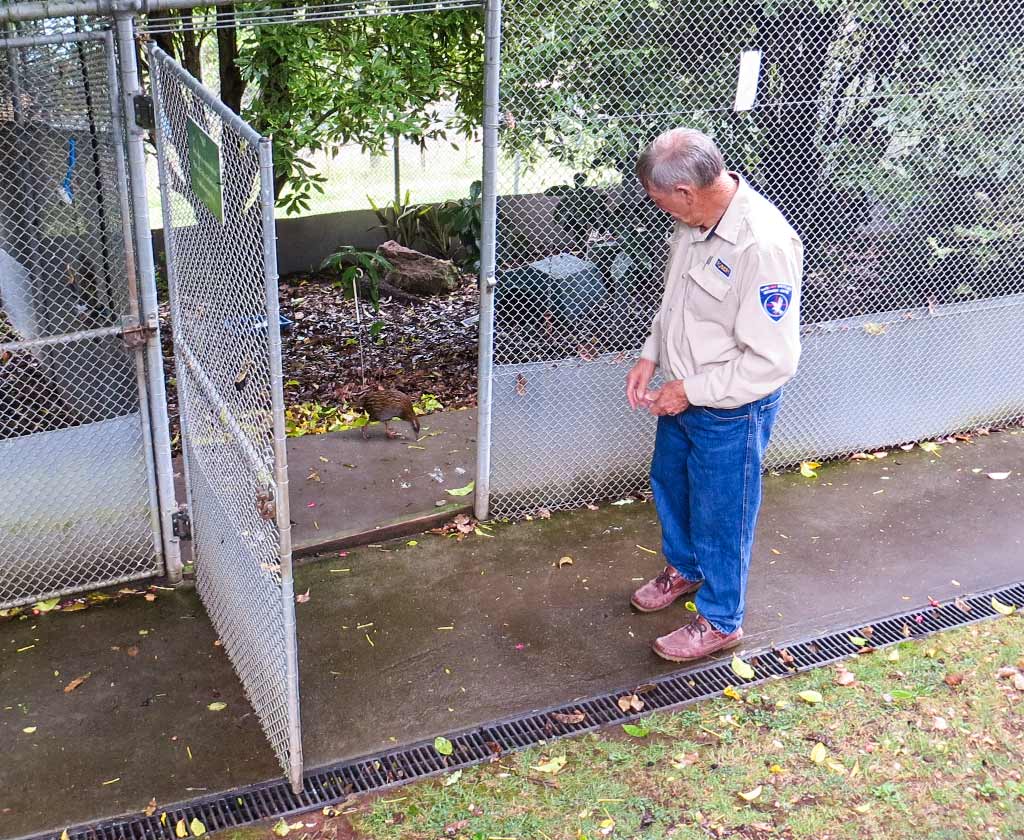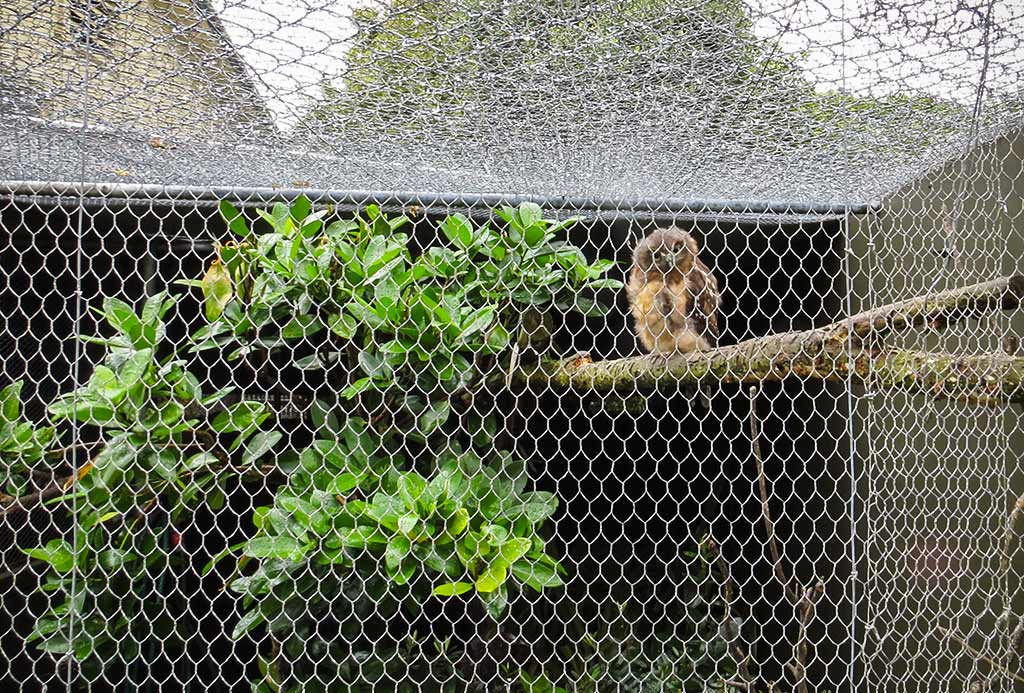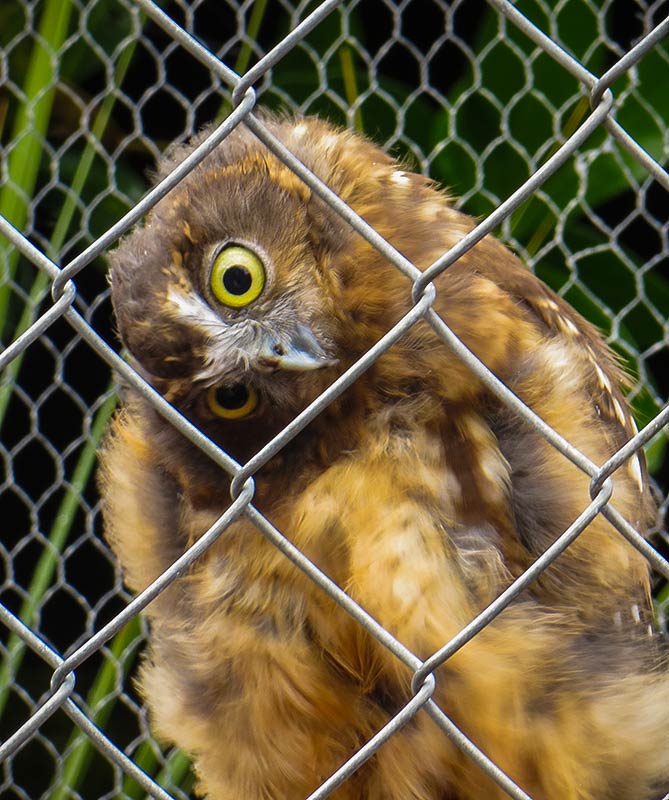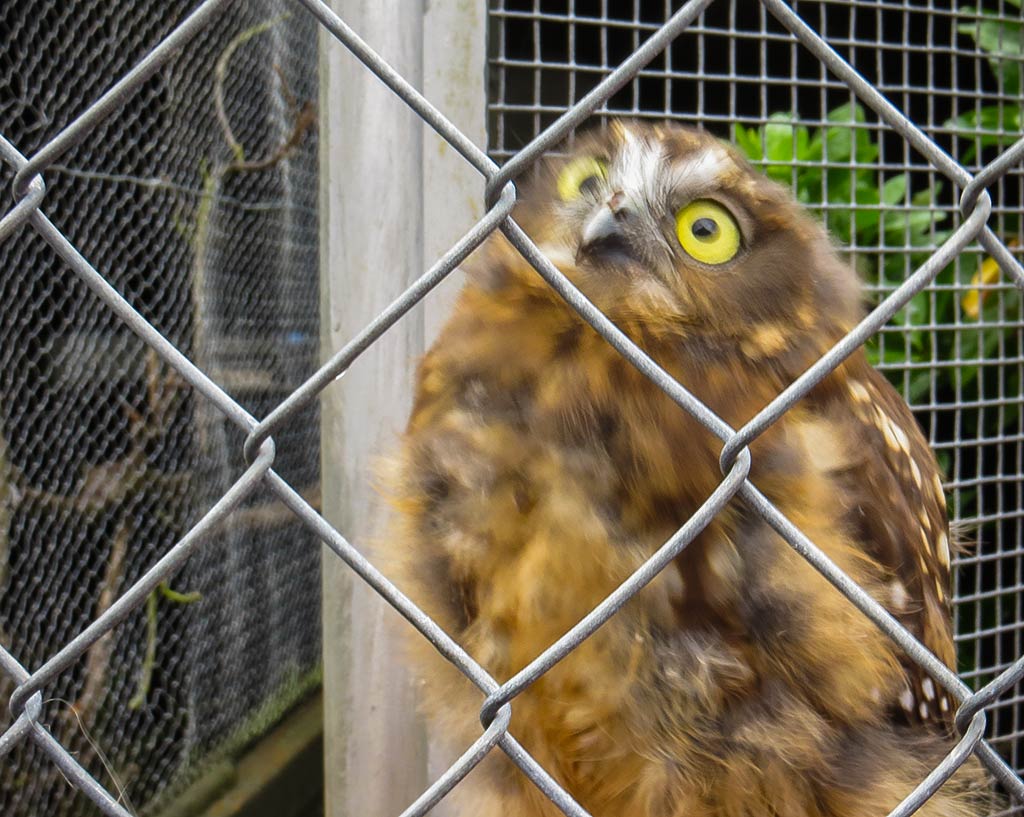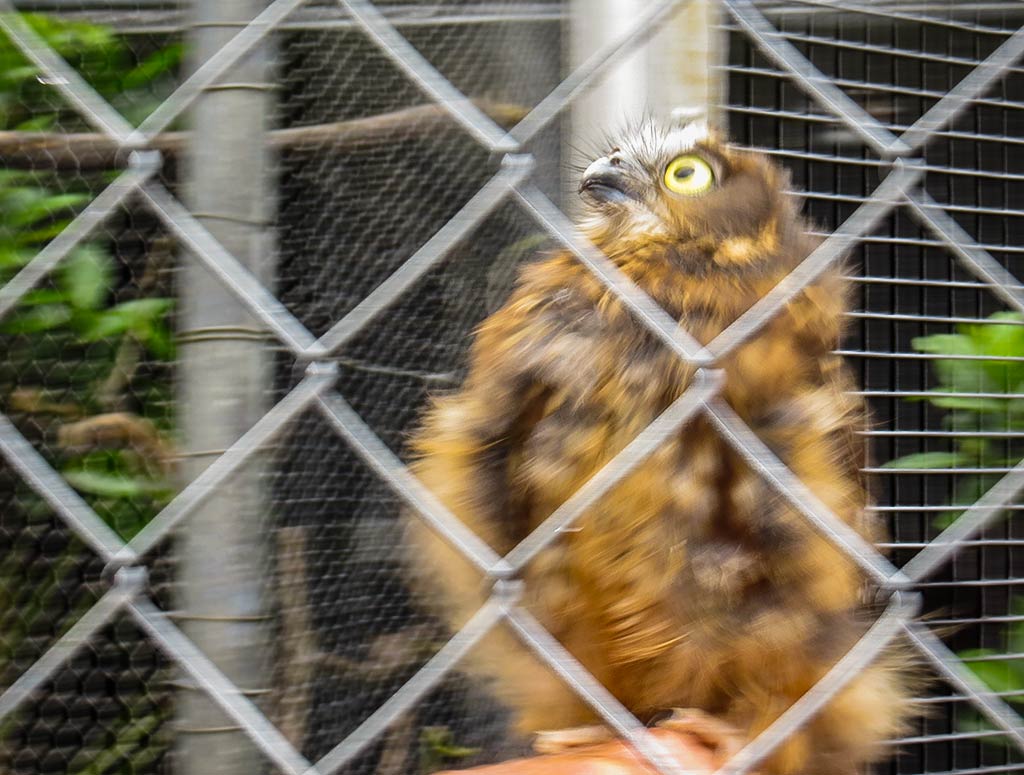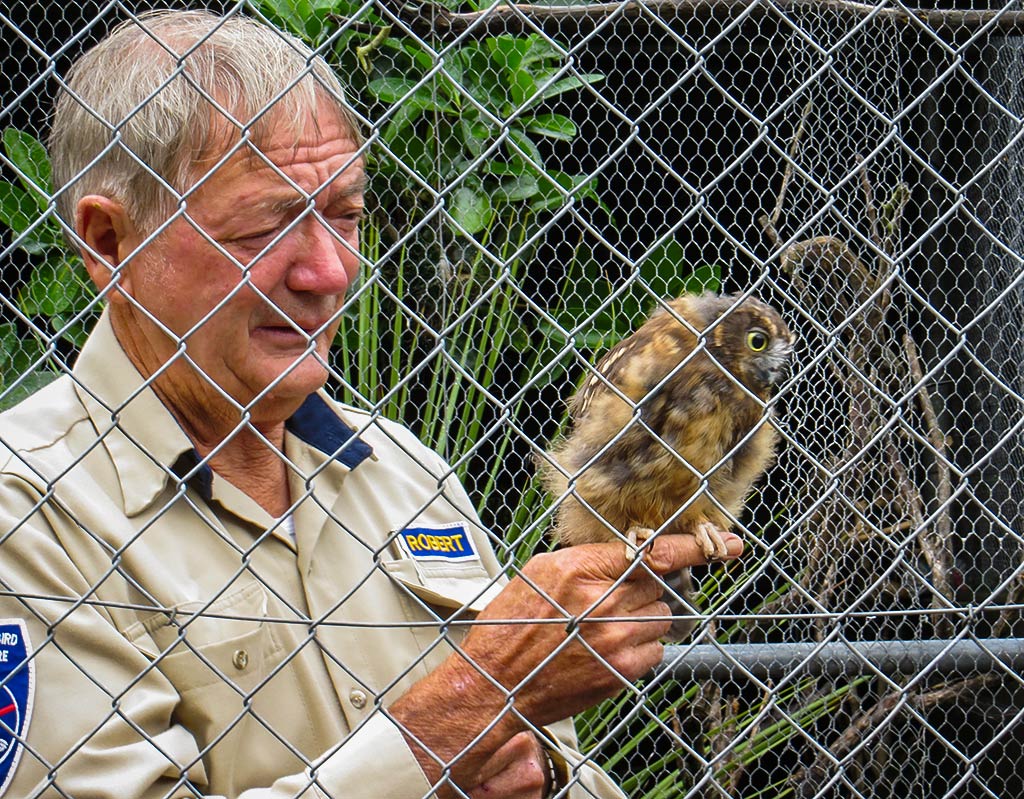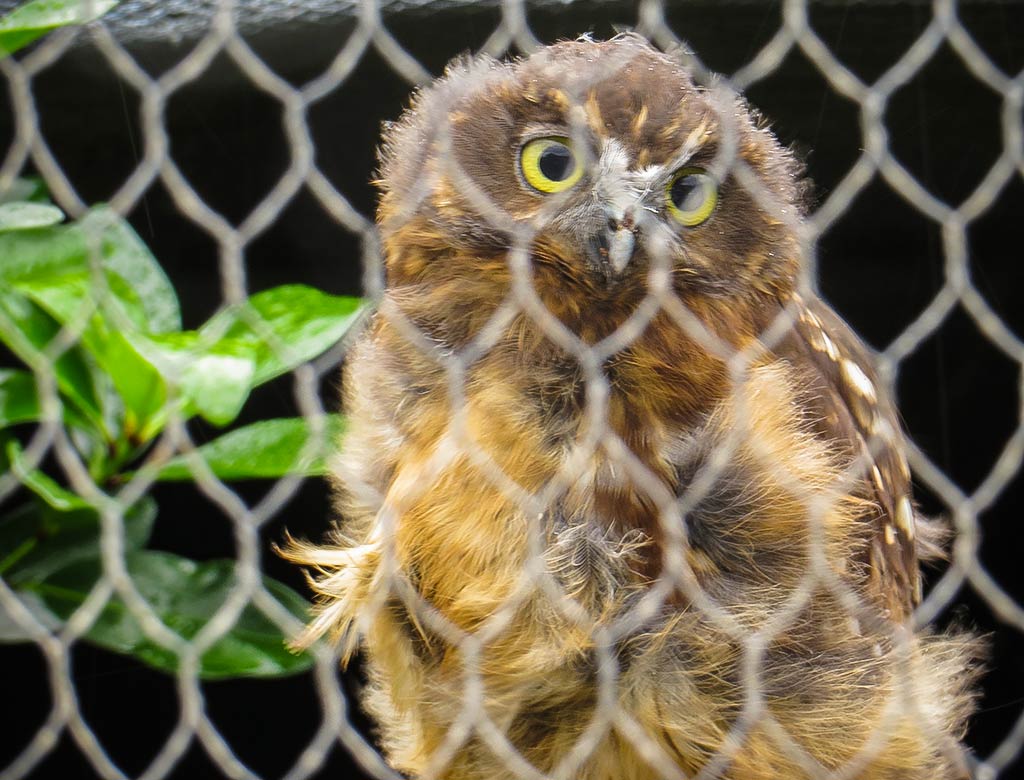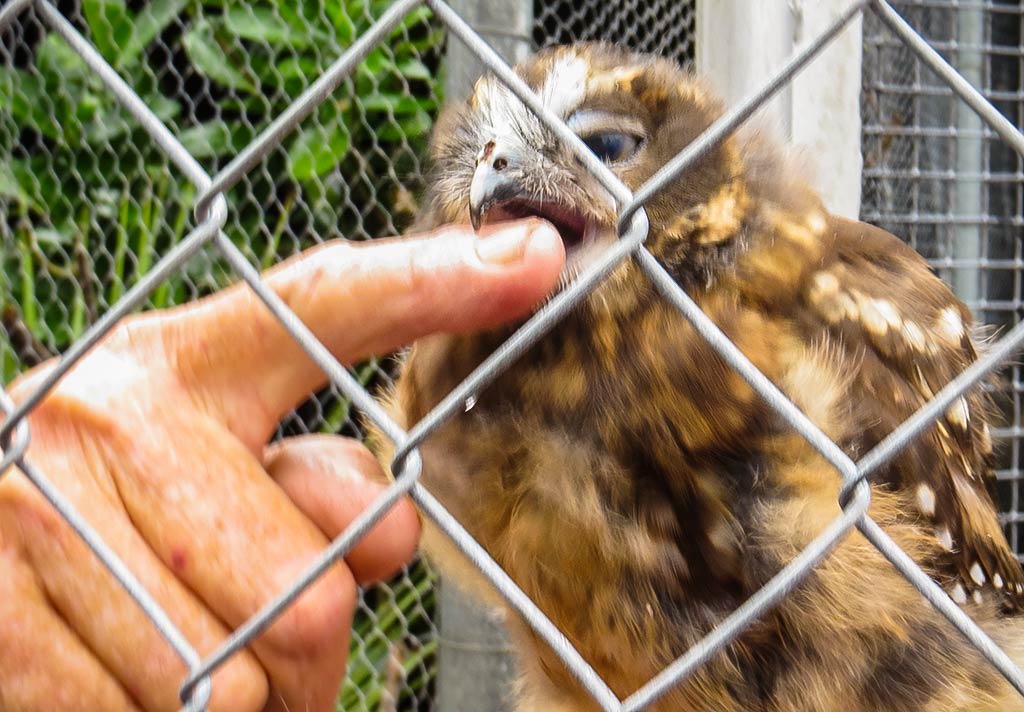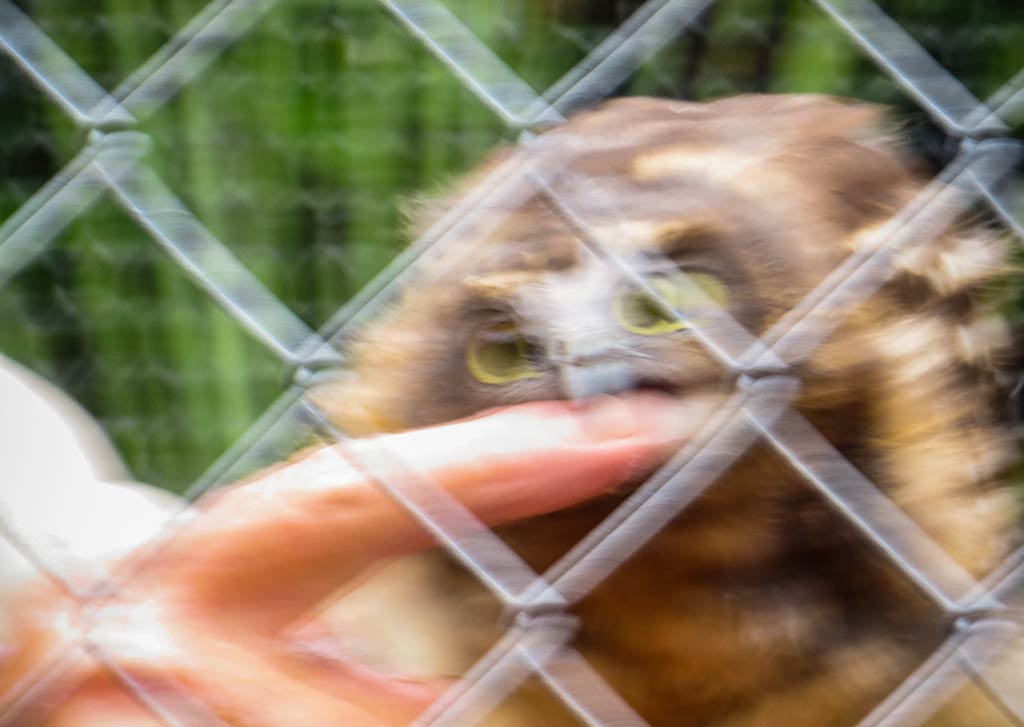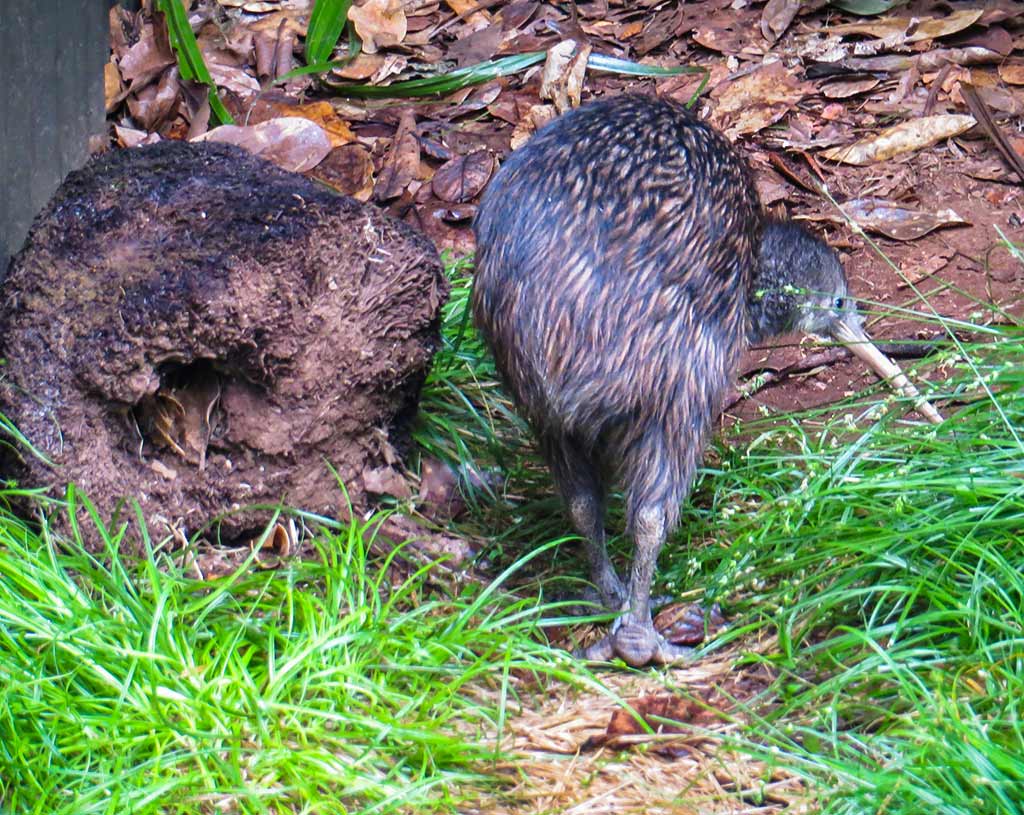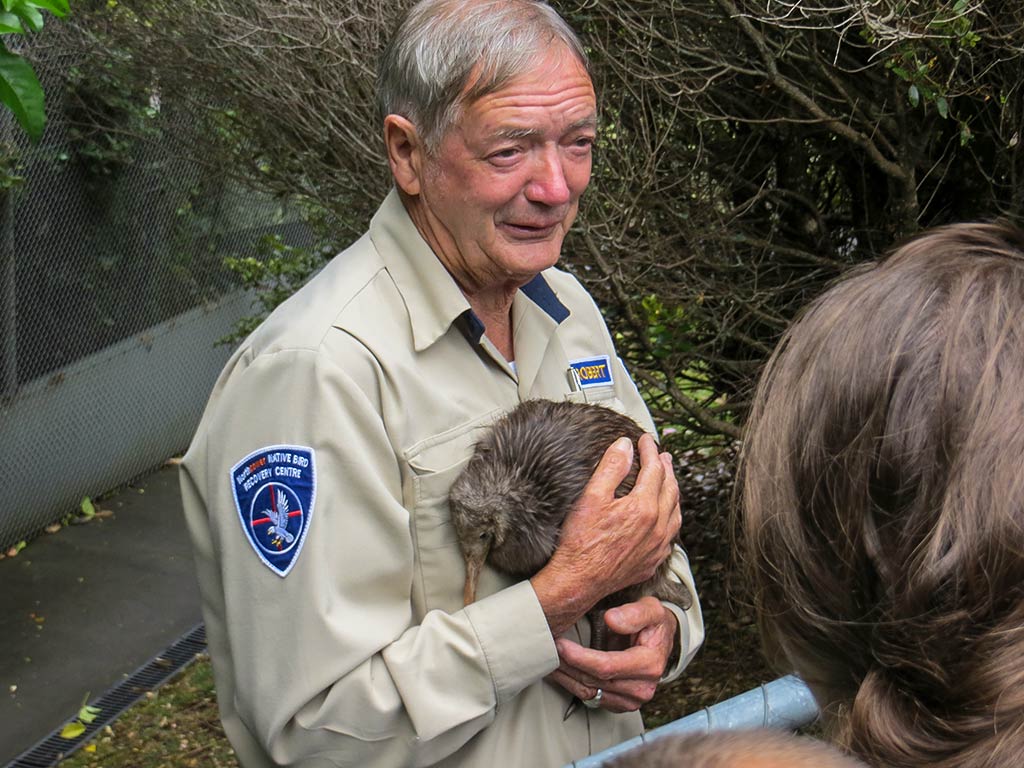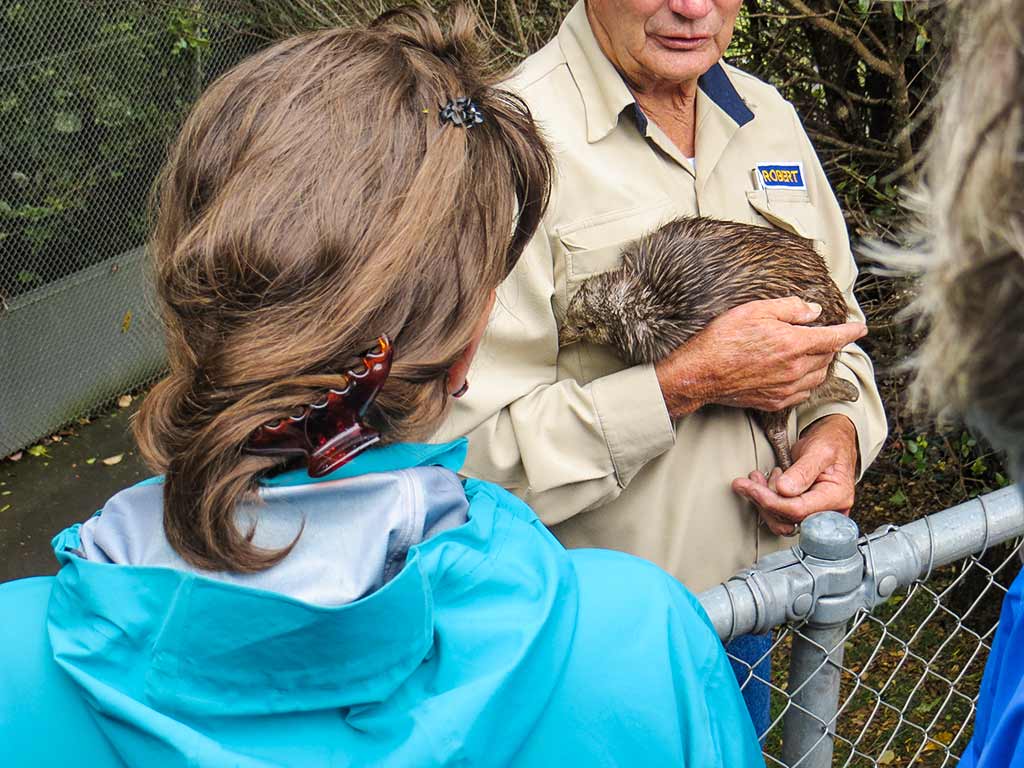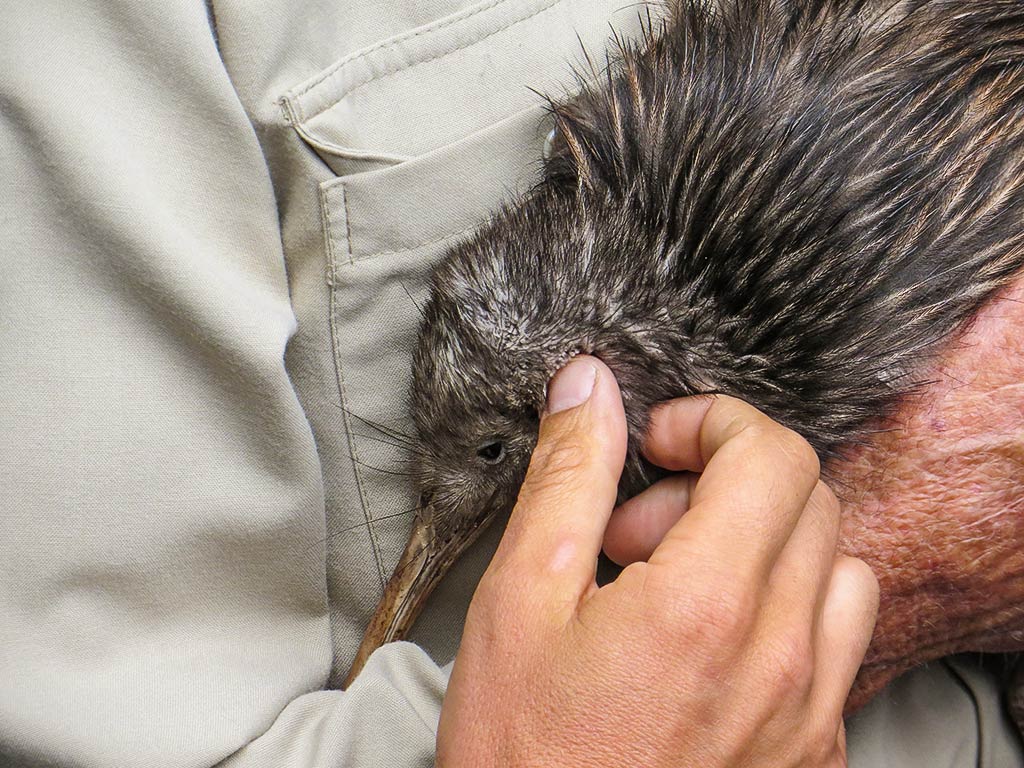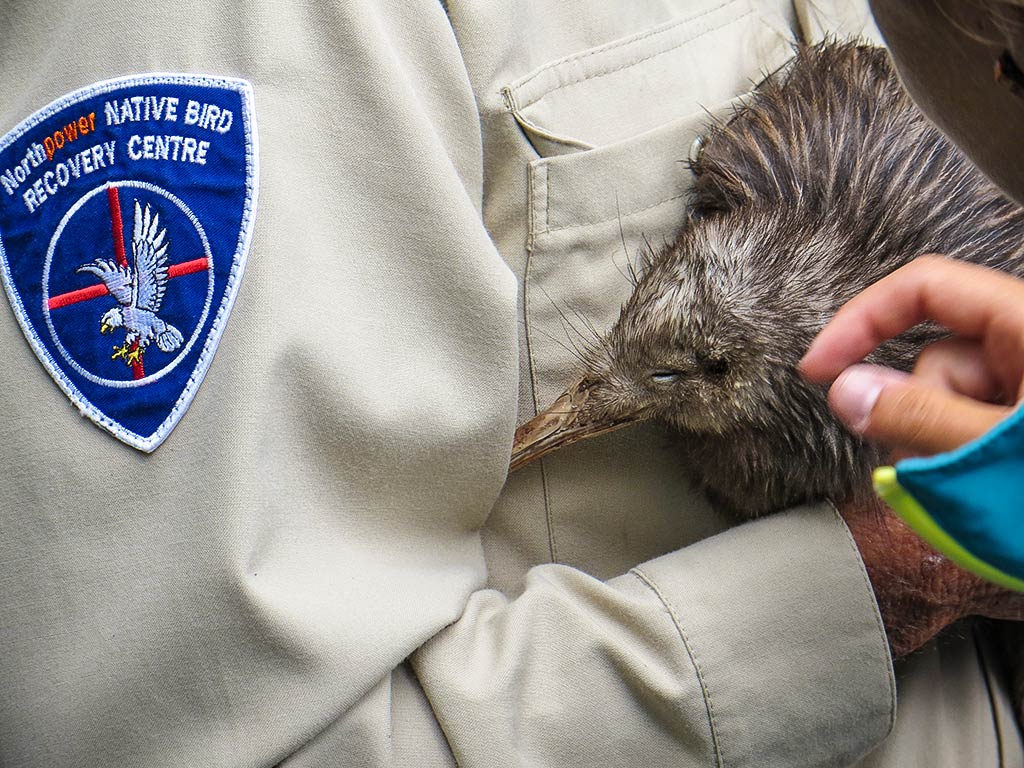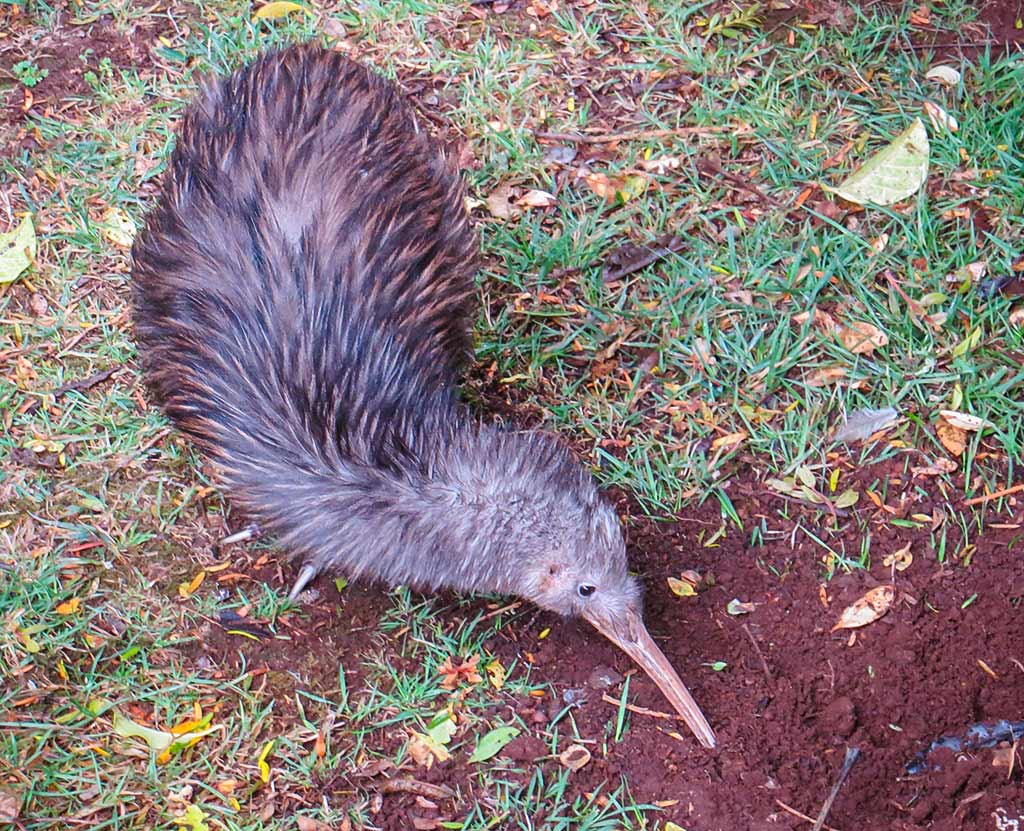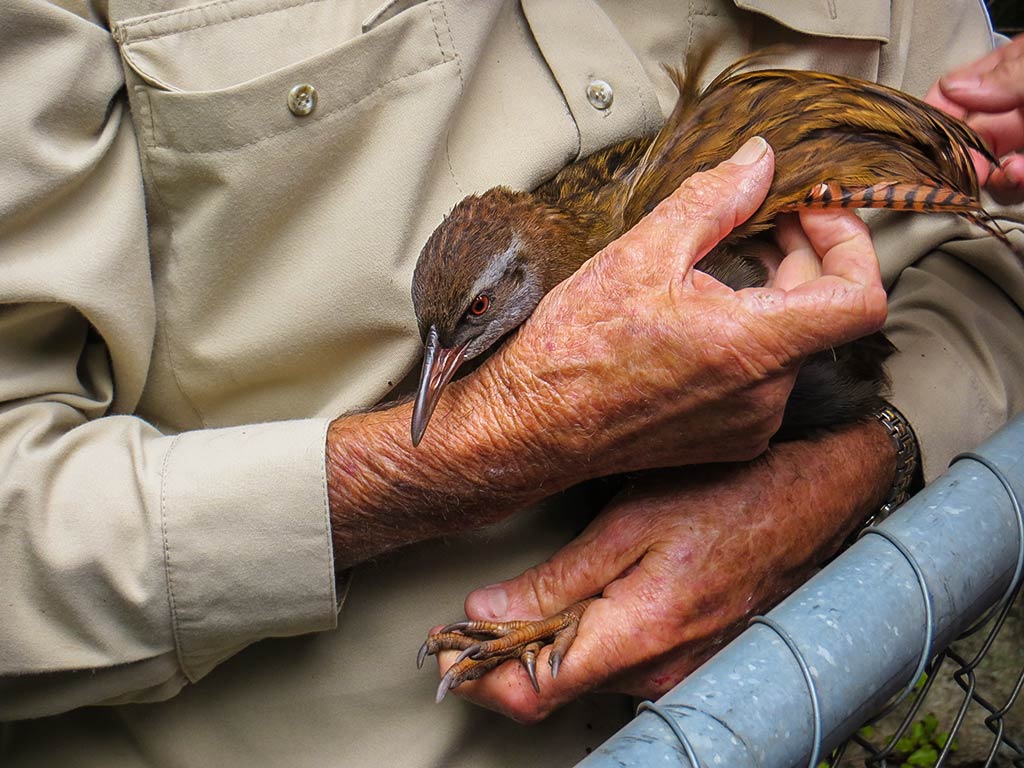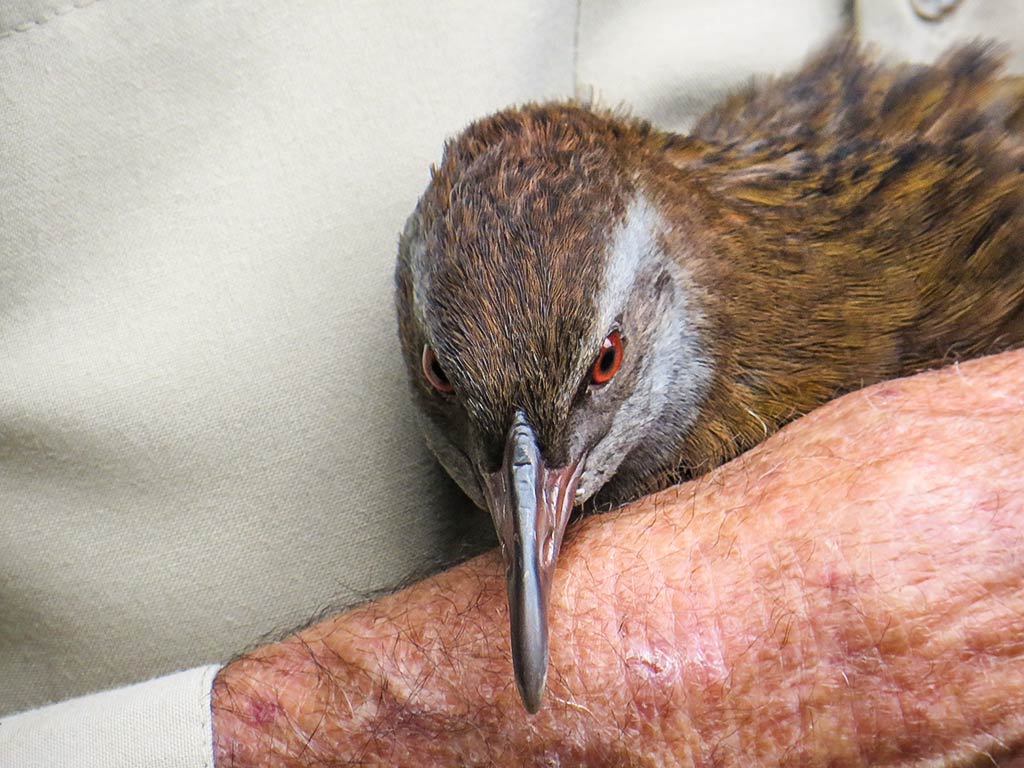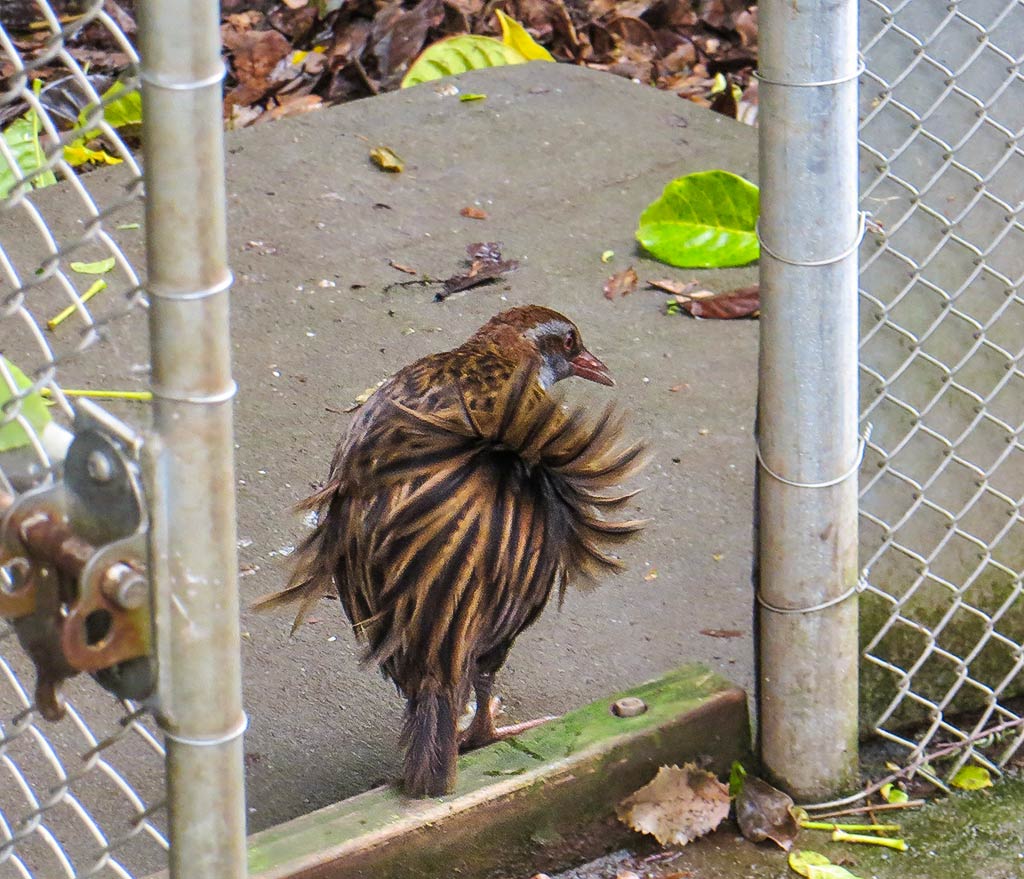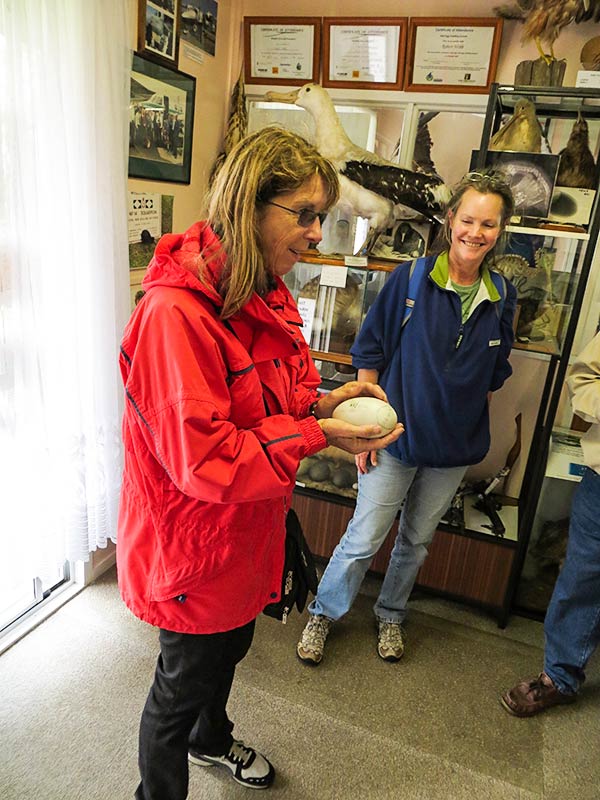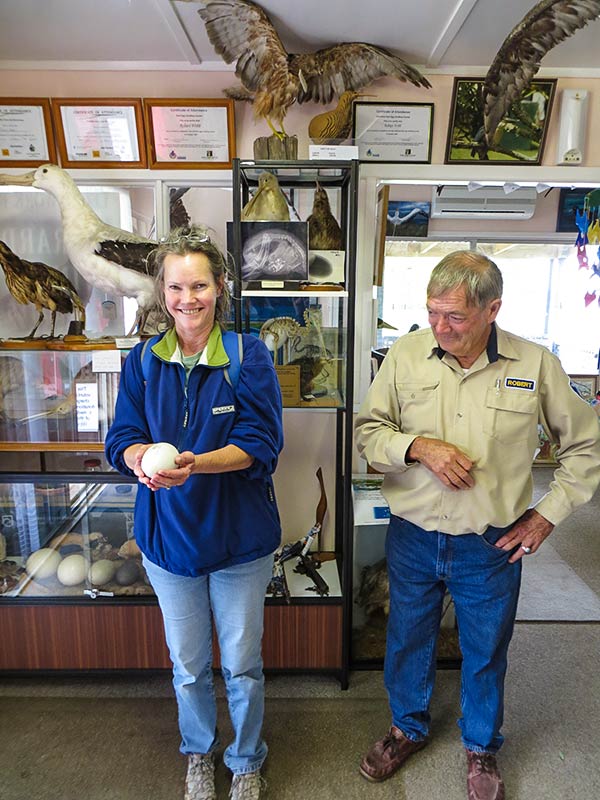January 20 – 21, 2014
We left Auckland in the morning, made a stop for coffee, then arrived in Whangarei about 2 1/2 hours later, dropping Bob and Linda off at their marina before checking in at our hotel. That afternoon we hunted down some lunch, walked along the waterfront, visited the used-parts boat store, and then met up with our friends for an enjoyable dinner at a pub called Dickens Inn.
Whangarei is not exactly Rich’s and my favorite city in New Zealand, but it does have its nice bits. The Town Basin marina is quite pretty, as is the waterfront with its shops and restaurants. The Hatea River has some very lovely spots. Unfortunately the street that went to our hotel, while along the river, angled uphill and was planted with bushy growth that blocked the river view. I did spot an opening and walked back down from our hotel and got these evening photos. (You can click to enlarge and scroll through any of the photo galleries below.)
The next afternoon we had some time to cross an item off from my “Sights to See in Whangarei” list. With the weather looking a bit iffy, I scrapped the plan for the scenic drive to Whangarei Heads and instead suggested the Native Wild Bird Recovery Centre, run by a man named Robert Webb who rehabilitates injured birds and gives tours of his center. Nearly all the resident birds change as new birds come in while others recover and are released back into the wild, but there are a few permanent residents too badly injured to leave. The most famous permanent resident was Sparky, a kiwi with only one leg. Sparky had become quite tame and sometimes Robert would bring him out and let visitors pet him.
We knew that people often reserved tours in advance, but we decided to just swing by and see if we could get lucky and invited Bob and Linda to come along. Our little group arrived and took a look around the museum-like visitors’ center with informational displays while a docent talked to a visiting family. Finally the family left, and we learned Robert was out collecting a couple of birds but should be back shortly. We decided to wait and not too much later Robert pulled up. Yes, he’d take us on a tour right then and show us the kiwi! Very exciting! A young couple who happened to be hanging around joined us.
Our tour started with getting to meet a pukeko chick being held by Robert’s wife, Robyn. After that we walked down to the aviaries, both containing and surrounded by plants, giving them a feeling of being in nature and probably very soothing for the birds. Below, photos of the chick and some of the cages.
We saw kingfishers, wood pigeons, a rosella, and talking tuis. Then, to our delight, we got to see a young moorpork, a small owl and one of New Zealand’s signature birds. We’ve heard them many times at night but had only seen them in photos where they always seemed to have a menacing stare. In real life, though, this owl looked more like a big-eyed cat and frequently tilted his head inquisitively. He was utterly adorable.
This moorpork seemed to love Robert and liked attention. It also enjoyed—gently–biting fingers. Robert put his finger up to the cage to let the little owl bite it, then we all got to put our fingers up and get ours bitten, too, like a small love bite. How many people can say they’ve gotten a love bite from a moorpork?
Next up, Robert brought a kiwi out of a cage, one that was leaving possibly later that day so we were lucky to get to see it. This was the first live kiwi we’d seen in New Zealand! They’re nocturnal, shy, and very hard to spot in the wild; so this was quite a thrill.
After the kiwi, we headed to another set of cages and got to see Sparky, the one-legged kiwi. Robert held Sparky and we all got to pet him; then he put him down so we could see him eat. He seemed to love putting his long beak into the dirt, “smelling” for insects.
Robert also brought out a weka, a small bird that looks similar to a kiwi and is a daytime bird. We got to pet the soft feathers of the weka, too. What a treat! We were each given a kiwi feather, then led back to the center where we got to hold a kiwi egg and hear the story of an albatross they’d just let go, which concluded the tour.
Afterwards, we all gave donations, giving generously after this incredible experience and seeing the wonderful work that they do. This had been such treat and something we’d highly recommend to anyone visiting the Whangarei area. This is definitely one of New Zealand’s special places. –Cyndi

